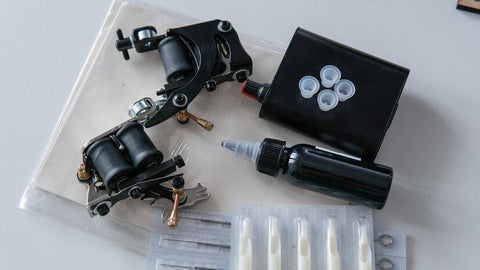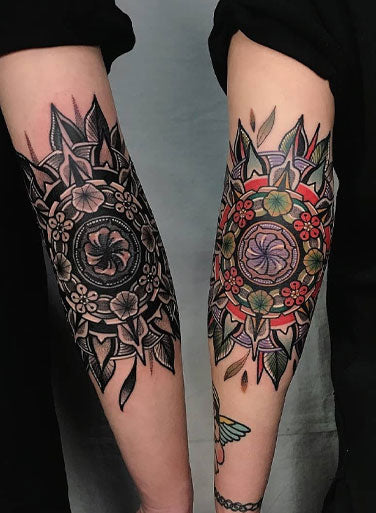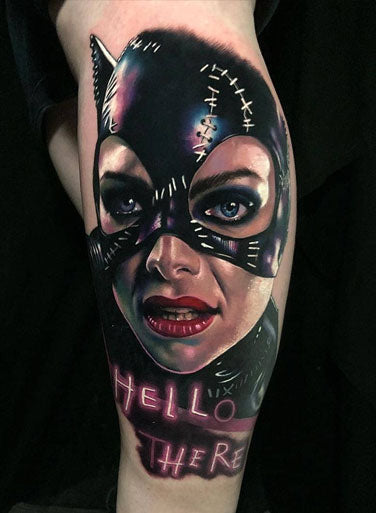Precision in tattooing is found in both technique and the setup. Creating a unique arrangement for the tools is a priority for professional tattoo artists since it allows for efficiency, keeps the space clean, and gives them proper control. How a workstation is set up, the chosen printing equipment, like the wireless tattoo machine, the type of ink, and the condition of the gear, can determine the outcome and proper healing of art.
Proper adjustments can make pottery sessions easier, neater, and more creative. Seasoned tattoo artists customize their tools as needed and rely on their equipment to determine when and how to tattoo each person.
Selecting the Right Tattoo Machine For Style
Potters adapt their equipment for the tasks they deal with most. Because of its stable performance and quiet action, a fine-line artist might go for a lightweight rotary machine. An artist may prefer coil machines for the precise punches and lines they allow.
Nowadays, many tattoo artists use more than one machine, every machine for a certain task: lining, shading, or color packing. Some switch from using wireless to corded machines, based on how long the session is and the activity. This gives artists the option to adapt their equipment based on the client’s skin and design.
Choosing Between Cartridge vs. Traditional Needle Setups
Professional artists have made it possible to fire more shots in less time and leave fewer marks. A lot of artists in this field prefer setups that allow them to change the leader without stopping in the middle of using the machine. When artists require speed and the ability to use different paint colors, cartridges are a must.
Yet, certain individuals opt for regular needles since they allow easier visual control and are cheaper for larger tattoos. Oftentimes, it depends on the difficulty of the tattoo, how long it takes, and how comfortable the artist is with the design. If you switch between cartridge and needle too often, the rhythm of the tattooing will be interrupted.
Focus on Organizing the Workstation
They do not simply drop their equipment onto a serving tray. A station that is well organized demonstrates that someone knows what they are doing. You will find each of the following in its group: gloves, ink caps, rinse cups, paper towels, barriers, and wrapping materials. Tools such as grip tape, ointment, and needles are kept accessible to the dominant hand so that the surgeon moves less and avoids exposing the tools to contaminants.
Many artists adjust the arrangement of a design depending on whether the client is right- or left-handed, tattoo size, and how the tattoo is placed on the body. Before starting, they prepare the design and set the workplace with the right tattoo needle and ink, so they do not need to stop and change positions in the middle of a tattoo. By planning carefully, artists can keep the session simple and ensure fewer problems for the client.
Tattoo artists ensure their continued success by adjusting, cleaning, upgrading, or reducing what they use, one session at a time.







 CustomIronsTattooSupplies
CustomIronsTattooSupplies



